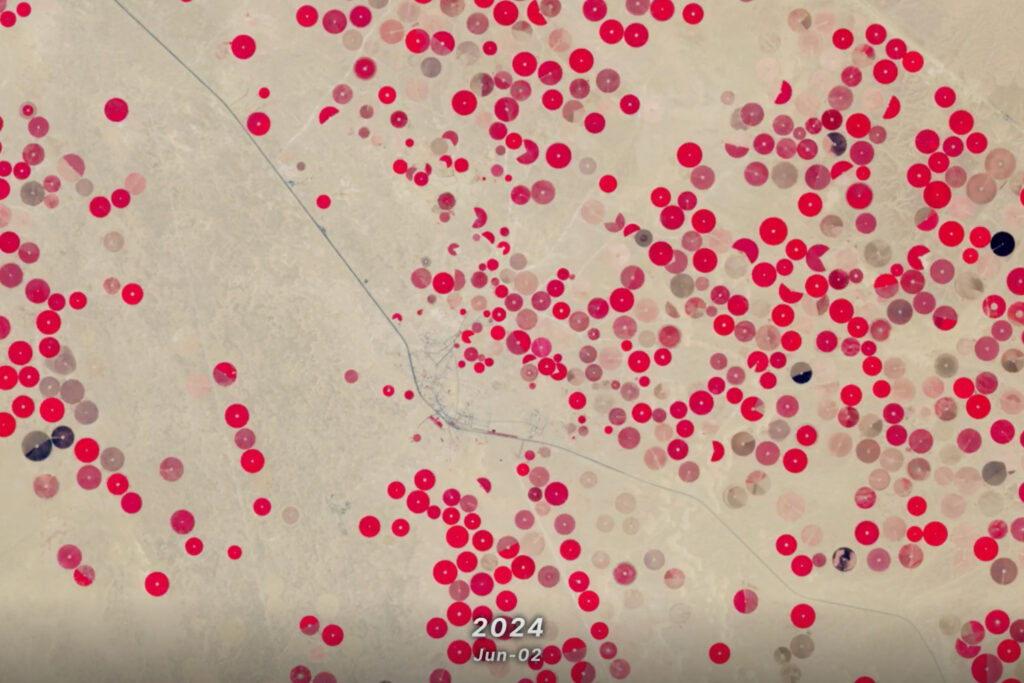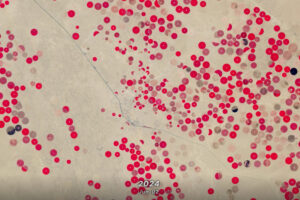 Global temperatures are rising, putting bird species across America in danger of extinction as their habitats change. To understand how temperature affects birds across the country, scientists at the University of Wisconsin-Madison compared data from the thermal sensor on Landsat 8, TIRS, to bird biodiversity across the country.
Global temperatures are rising, putting bird species across America in danger of extinction as their habitats change. To understand how temperature affects birds across the country, scientists at the University of Wisconsin-Madison compared data from the thermal sensor on Landsat 8, TIRS, to bird biodiversity across the country.
Turns out, having a habitat with pockets of different temperatures – like a grove of trees in an open field, or a nest or snow burrow – is especially important for small-bodied bird species and those threatened by climate change.
This bird’s-eye view of the relationship between temperature and bird biodiversity will help conservationists figure out where to prioritize their efforts in a warming world.
The Landsat Program is a series of Earth-observing satellite missions jointly managed by NASA and the U.S. Geological Survey (USGS). Landsat satellites have been consistently gathering data about our planet since 1972. They continue to improve and expand this unparalleled record of Earth’s changing landscapes for the benefit of all.
Video credits:
Credit: NASA’s Goddard Space Flight Center
Matthew R. Radcliff (USRA): Lead Producer
Aaron E. Lepsch (ADNET): Technical Support
Sofie L. Bates (Intern): Producer, Editor, Animator, Writer
Matthew R. Radcliff (USRA): Animator
Jeffrey Masek (NASA/GSFC): Scientist
Music: Life Cycles by Theo Golding [PRS], published by Atmosphere Music Ltd [PRS] available from Universal Production Music
This video is public domain and along with other supporting visualizations can be downloaded from NASA Goddard’s Scientific Visualization Studio at: https://svs.gsfc.nasa.gov/13585

Undamming the Klamath
Between October 2023 and October 2024, the four dams of the Klamath Hydroelectric Project were taken down, opening more than 400 miles of salmon habitat.





